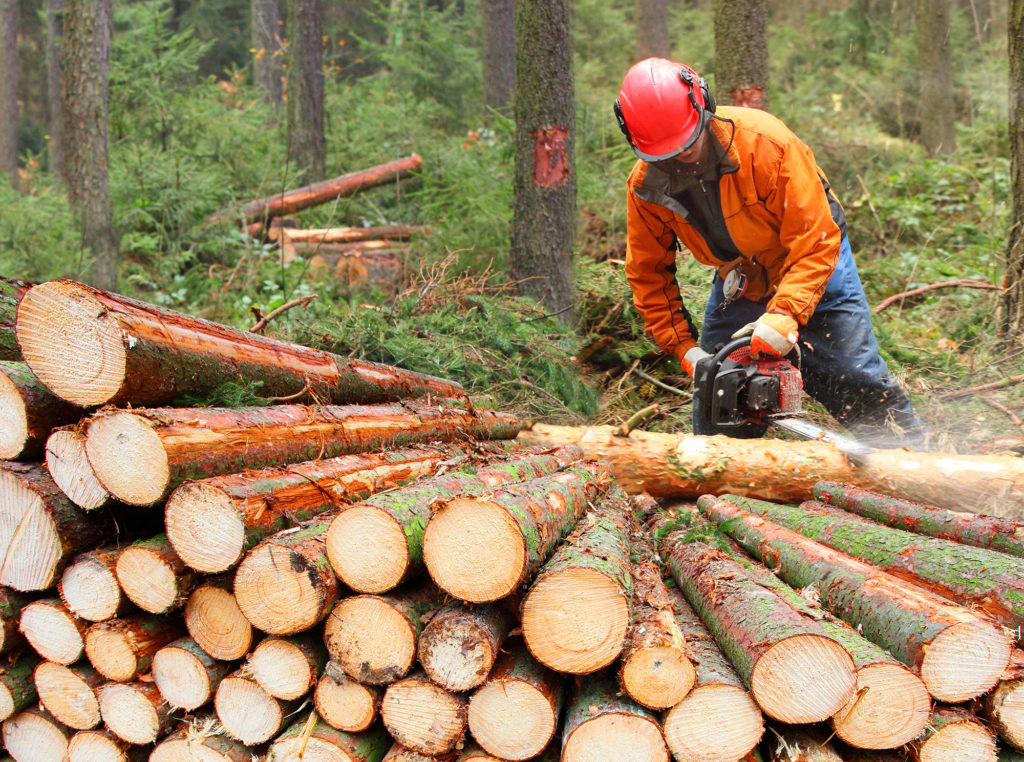Last week, we considered the Biden Administration’s ten-year, $50 billion strategy for addressing the national forest fire crisis. That would more than double the budget of the U.S. Forest Service (USFS), to reduce wildfires and restore health to 20 million acres of national forests in the West. Not all across the West, but in a few specific parts of it.
That is an important distinction, because it reveals much about the timing behind this ambitious plan. If you are concerned that Colorado already has over three million acres of dead trees, vast tinderboxes ready to burst into catastrophic infernos, you should know that there is very little in this plan to reassure you. No, the plan focuses on 20 million specific acres of the “wildland urban interface,” areas where urban development has so encroached on forests that wildfires are likely to destroy homes.
There is nothing in this plan for the Gunnison, Uncompahgre, or Grand Mesa National Forests. Nothing for the White River, Rio Grande, or Routt National Forests. Aside from a small fraction of the San Juan near Pagosa Springs, all of the designated “High Risk Firesheds” (is that even a word?) in Colorado are on the Front Range. They include only the national forests close to Denver, Colorado Springs, Boulder, and Fort Collins. For the same reason, the areas designated for “treatment” include most of the forests in California. That reason is simple if you understand it has little to do with restoring healthy forests and everything to do with saving homes and communities.
That is a worthy goal. We are all appalled by massive wildfires that destroy people’s homes and lives. But we must not be under any illusion that protecting homes will restore natural, healthy, and sustainable conditions to the 190 million acres in America’s 155 national forests. What would it take to accomplish that?
The answer requires understanding just how overgrown and unnatural those forests have become. That understanding is sending shock waves across the environmental movement and through the halls of Washington, thanks to a new study in next month’s edition of Forest Ecology and Management. It is already fueling debate about how to manage dying forests, because it recommends saving them – by cutting billions of trees.
In fact, the study’s remarkable conclusion is that the western forests must be thinned by as much as 80 percent. A Bloomberg analysis was headlined, “To save Western U.S. forests, cut them way back, study suggests.” The study’s authors determined that forests could withstand wildfire, drought, and insect infestations better if their density were drastically reduced. There are simply too many trees and other plants in overgrown forests competing for limited water. And trees require water to fend off these threats, as trained foresters have always known. Even the unstoppable destruction of the pine beetles was only unstoppable because of overgrowth. Healthy trees produce a resin that plugs the borers’ holes, stopping their spread. But producing that resin requires water, so drought-stressed trees have little defense against the bugs, or against the inevitable fires that follow dry and overgrown forests.
Many westerners have sounded this alarm for years, but the warning fell on deaf ears while federal forest management fell under the control of anti-logging activists who virtually shut down timber management. Now, high profile news coverage of death and destruction brought on by unhealthy forests and catastrophic fires have led to a re-examination by agency insiders and academics, including the authors of this study.
Lead author Malcolm North, a USFS “research ecologist” and professor at the University of California, calls the need for radical thinning “a fundamentally different approach to growing and managing forests.” Prompted by recent disastrous West Coast wildfires, foresters are increasingly leaning toward management based not only on prescribed fires, but also significant mechanical thinning. North added, “We realized there were too many straws in the ground, and that density needed to be way reduced if you’re going to make trees resistant to both wildfire and drought.”
When the western national forests were created between 1895 and 1908, their average density was between 20-50 trees per acre, with 2-3 foot trunks. Today, those forests average 200-900 trees per acre, less than half that diameter. American Forest Resource Council’s Nick Smith writes, “Now is the time for the Forest Service to start making a difference on the ground.” Indeed, if we want forests to be as resilient as the historic natural forests were, managers have to make them look more like those forests looked.





Comments on this entry are closed.